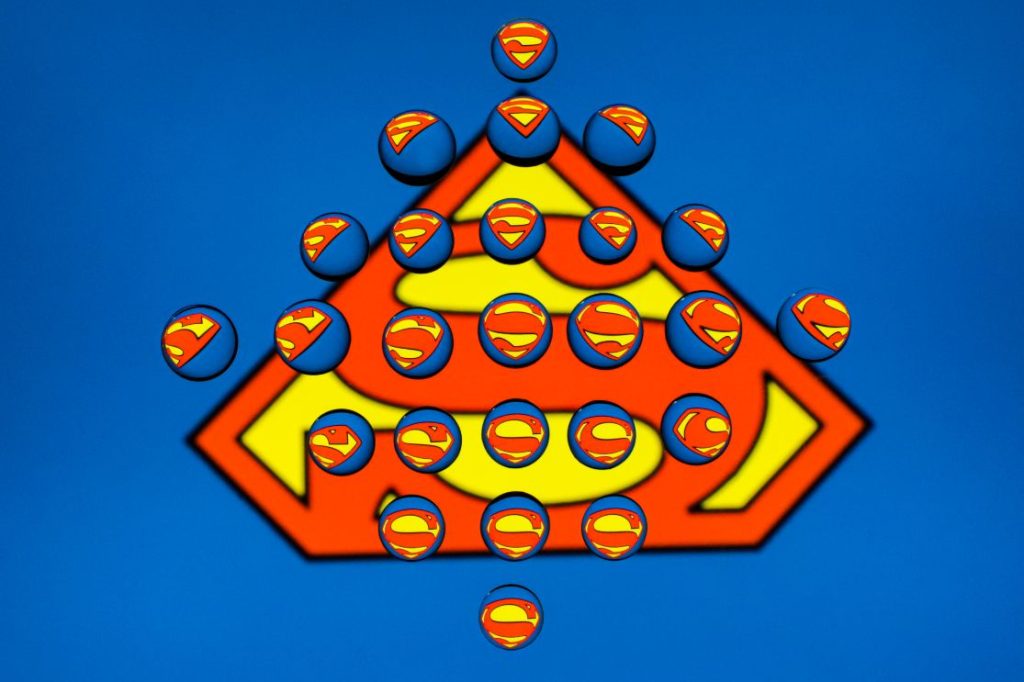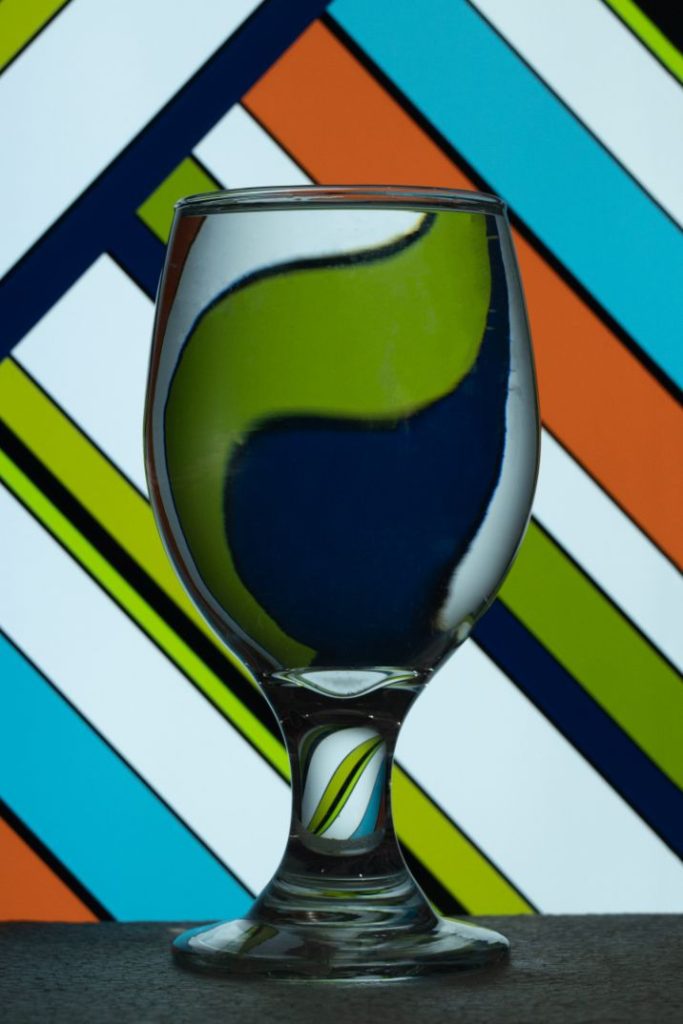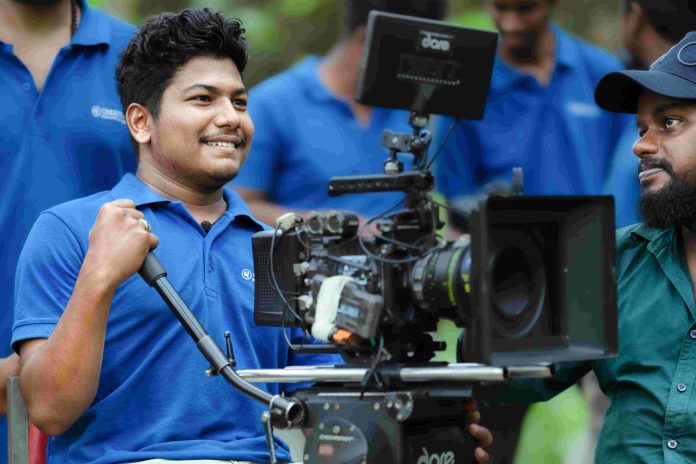Refraction, is a physics
Exploration of the Domain of Refraction Photography
Photography is a dynamic and progressive art form, and refraction photography emerges as an intriguing subgenre within this perpetually growing domain. Gaining a fundamental comprehension of refraction is crucial in order to capture enthralling moments through one’s lens.
The Mechanisms Underlying Refraction
Within the complex realm of physics, refraction refers to the alteration in trajectory of a wave as it progresses from one medium to another. This phenomenon arises due to the modification in the velocity of the wave. For example, the velocity of waves in deep water differs from that of waves in shallow water, resulting in visually captivating phenomena.

Color Cocktail: A rainbow of colors
Refraction Capturing: An Ingenious Pursuit
A subgenre of photography known as refraction photography captures this enthralling interplay of light by means of light being bent upon glass, water, or any other surface in order to amplify or distort a scene. For this imaginative endeavor to commence, an object with the ability to induce the refraction effect is required.
The Selection of a Refractive Canvas
Refraction can be induced by transparent objects whose mass is greater than that of air; spherical objects are especially advantageous in this regard. Although refraction can be achieved with translucent plastic, it is generally advised to photograph through glass or water in order to achieve the highest quality of images.

Give Light: Nothing can dim the light that shines from within
Mastering Exposure to Achieve Magnificent Outcomes
The ability to manipulate the level of brightness or obscurity in a photograph is an essential component of refraction photography. The outcome of the image is determined by the intensity of light that enters the lens. While acquiring proficiency in exposure may require some exertion, it is an indispensable ability in this artistic endeavor.
Glass balls are the best friend of a photographer.
When considering refraction photography, one frequently is reminded of the renowned glass orb. Widespread use, superior performance, and ease of implementation render it a favorite among photographers investigating this distinctive genre. Carrying a glass ball in your camera case provides an inexhaustible supply of creative opportunities.

Golden Drop: Feeling regal
Innovative Methods: Extending the Boundaries of Water Droplets on a Glass Surface
Utilize a spray bottle or hypodermic to mist water onto a transparent surface. Subsequently, position an intriguing object, such as a flower or flag, beneath the water. Utilize a macro lens to capture the mesmerizing distortions produced by the refractive properties of water droplets in close-up photos.
Exposing the Appeal of Refraction Photography
The present chapter of Angle Away is devoted to elucidating the enchantment that is refraction photography. It is a form of artistic expression that mesmerizes through the distorting and magnifying of light across diverse surfaces. May the contrast between light and transparent mediums bring you pleasure as you investigate it in your photographs.

Raction: The refractive effect
Copyrights:
All the photos and text in this post are copyright of Abdul Kader Fayid. P , Kannur ,Kerala Creative Hut Institute of Photography .Their reproduction, full or part, is forbidden without the explicit approval of the rightful owners.


